Simple molecular switches based upon bistable mechanically interlocked molecules can be incorporated within pre-assembled metal organic frameworks and addressed electrochemically.
Addressable molecular machines arranged in a porous crystal


Simple molecular switches based upon bistable mechanically interlocked molecules can be incorporated within pre-assembled metal organic frameworks and addressed electrochemically.
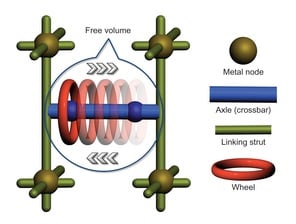
A review of molecular parts that act as switches, motors, and ratchets illuminates similarities between artificial and biological molecular machines and argues that useful applications are coming.
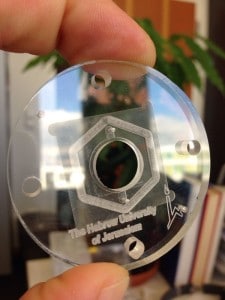
Adding nanotechnology-based optoelectronic sensors to human cells cultured on a chip keeps the cells healthy long enough to replace animal testing with a human liver-on-a-chip.
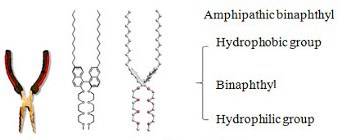
A pliers-shaped molecule in which two covalently linked naphthalene moieties serve as the hinge connecting the two halves of the pliers, and each naphthalene connects the hydrophobic handle with the hydrophilic jaw of that half, opens and closes in response to surprisingly little energy applied to a molecular monolayer.
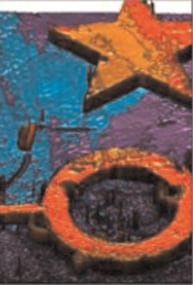
Analysis of multiple diffraction images provides high contrast, high quality, full field 3D imaging of surfaces illuminated by extreme ultraviolet photons from a tabletop laser.
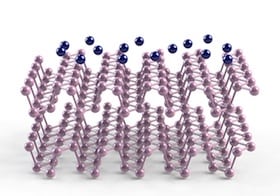
A vertical electrical field from dopant atoms of potassium added to the surface of a few stacked layers of phosphorene tunes the band gap of black phosphorous, possibly leading to novel electronic and optoelectronic devices.
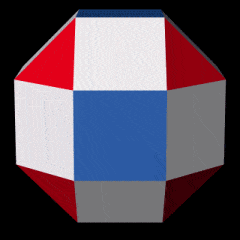
A new set of design rules enables constructing any wireframe nanostructure, which may lead to new medical applications and new nanomachines.
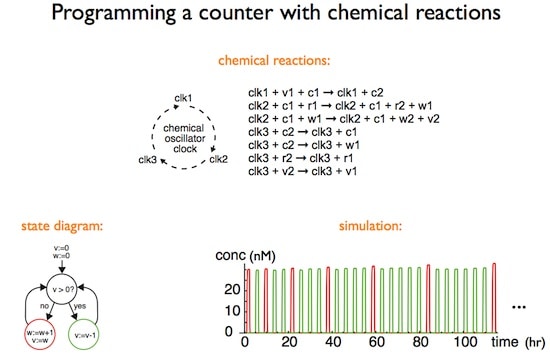
Modeling DNA strand displacement cascades according to three simple rules can in principle mimic the temporal dynamics of any other chemical system, presenting a method to model regulatory networks even more complicated than those of biology.
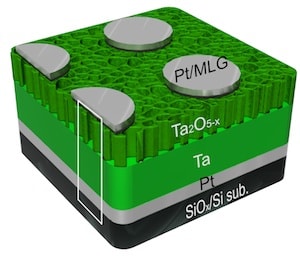
A novel nanostructured material based on tantalum oxide could make possible non-volatile crossbar array memories that store up to 162 gigabits in 3-D memory stacks.

Functional ribosomes with subunits engineered to not separate at the completion of each protein translation cycle make possible engineering systems to make a variety of novel polymers with novel properties.